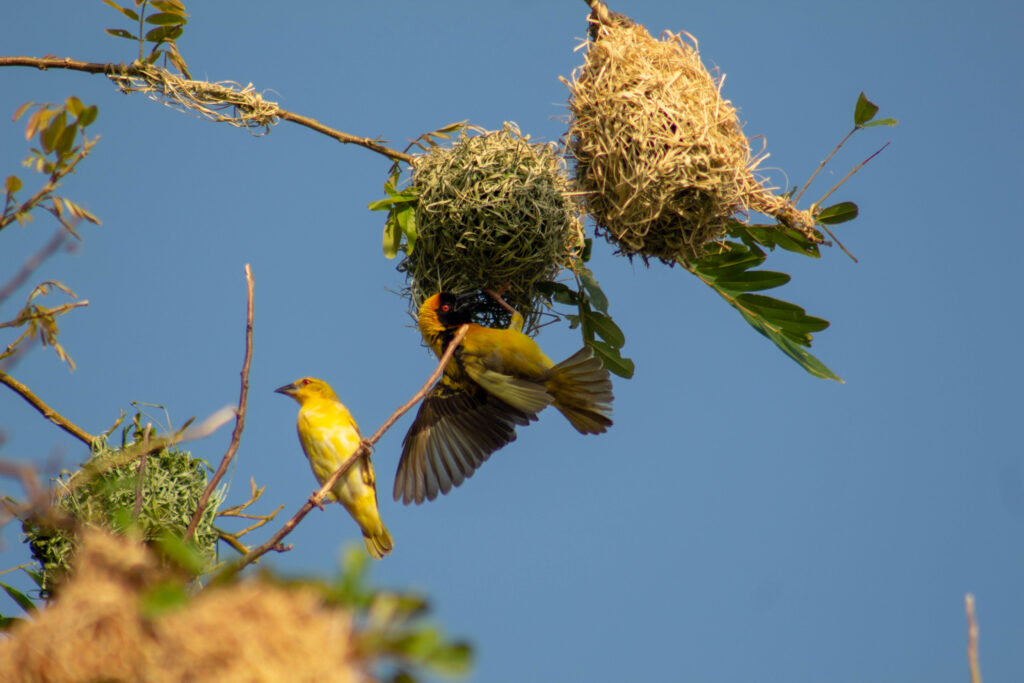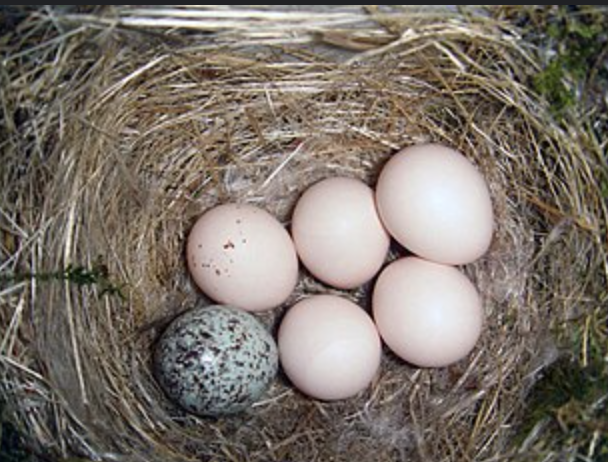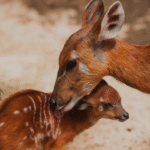
Series 1
OUTSOURCED PARENTING-BROOD PARASITISM IN BIRDS
INTRODUCTION
In the bird world, most species follow a predictable routine: build a nest, lay eggs, protect the chicks, feed them, and guide them into independence. It’s a challenging job that requires attention and energy. But not all birds follow this script. A small but highly specialized group has taken a very different path. They lay their eggs in the nests of other birds and leave, letting another species do the parenting. This strategy is called brood parasitism.

Brood parasitism is a reproductive strategy where a bird lays its eggs in the nest of another bird, either of its own species or a different one, so that the other bird incubates and raises the chick. The parasitic bird doesn’t return to help in any way. The unsuspecting host parents feed and care for a chick that is not their own.
There are two main types of brood parasitism:
Intraspecific brood parasitism
This occurs when a bird lays its eggs in the nest of another bird of the same species. It’s more common in colonial birds (these are birds that nest and breed in large groups) like ducks, weavers, or some starlings. This form of parasitism often goes undetected and may be used occasionally when nesting sites are limited or the female is stressed.

Interspecific brood parasitism
This is the more well-known type, where the parasitic bird lays eggs in the nest of a different species. This kind is more specialized and has led to complex adaptations, such as egg mimicry, early hatching, and nestling aggression.
Most of the famous brood parasites, like cuckoos and cowbirds, are obligate interspecific brood parasites, meaning they always use other species to raise their young and never build nests themselves.

Why Evolve Such a Strategy?
Brood parasitism is a clever survival tactic. Raising chicks takes time and exposes the parent to predators. By outsourcing parental duties, a parasitic bird can lay more eggs over a wider area and increase its reproductive success. The cost, of course, is placed on the host bird.

But nature doesn’t make it easy. Many host birds have evolved ways to recognize and reject foreign eggs or even abandon a parasitized nest. In turn, brood parasites evolve better camouflage for their eggs and more efficient methods of trickery. This ongoing battle is what scientists call a coevolutionary arms race, a biological chess game between parasite and host.
Where Are Brood Parasites found, and do they live in groups?
These birds are found on almost every continent. Depending on the species, they can be residents or long-distance migrants. They adapt to various habitats, from forests and grasslands to wetlands and savannas. Each species tends to specialize in certain environments and in targeting specific host species.

Most brood parasites are solitary. They don’t form flocks or family units. The chick grows up among members of the host species and leaves when it fledges. When it matures, it instinctively follows its inherited pattern, returning to parasitize the same kind of host its mother used.
Coming up
In the coming series, we will look at the most fascinating brood parasites in the bird world, species that have mastered this strategy and turned it into a survival art. Each bird will be presented in its own detailed series, covering everything from physical traits and nesting behavior to diet, migration, host interactions, and evolutionary history.




